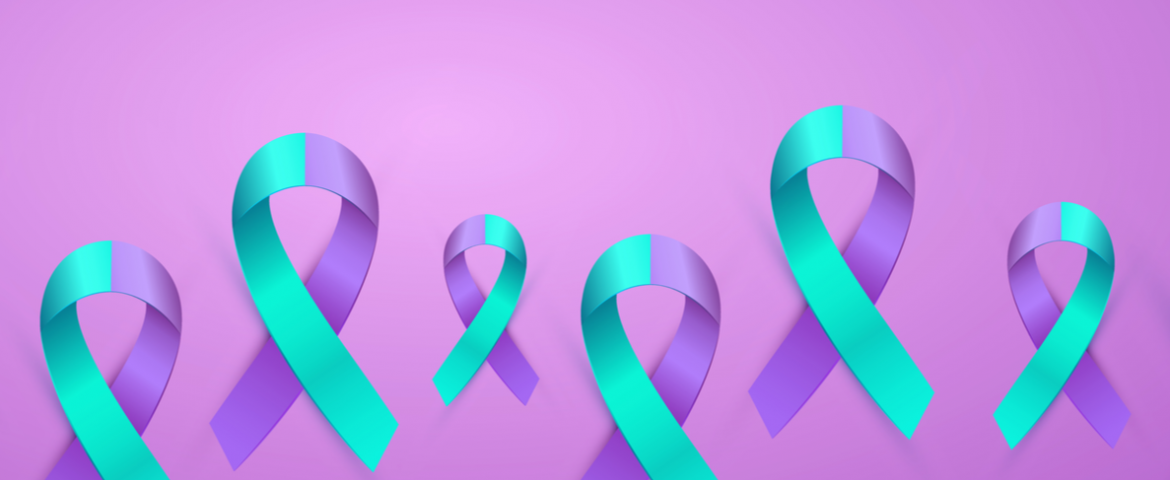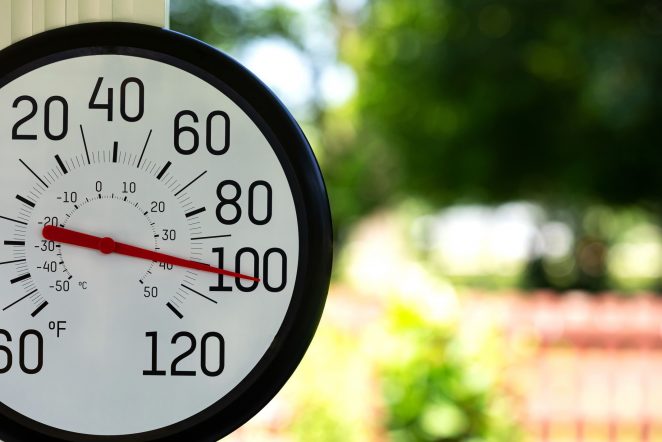By Becky Moorehead, LMSW
There is a tidal wave of mental health needs in Michigan and around the country. According to the Centers for Disease Control (CDC) and National Alliance on Mental Health (NAMI), one in five U.S. adults experience a mental health condition. People with mental health conditions may struggle to access adequate health care, compounding the effects.
Suicide is the second leading cause of death for people ages 10 to 14, and the 12th leading cause of death in the United States. As more conversations about the importance of mental health begin to take place, it’s essential to acknowledge these concerning numbers and engage in meaningful conversations about what we can do to prevent suicide.
Warning signs and risk factors of suicide
One of the first steps towards preventing suicide is recognizing the warning signs that someone may be considering hurting themselves. If someone you know is displaying one or more of the following behaviors, they may be thinking about suicide:
- Talking about wanting to die or kill oneself
- Looking for a way to kill oneself
- Talking about feeling hopeless or having no reason to live
- Talking about feeling trapped or in unbearable pain
- Talking about being a burden to others
- Increasing their use of alcohol or drugs
- Acting anxious or agitated; behaving recklessly
- Sleeping too little or too much
- Withdrawing or feeling isolated
- Showing rage or talking about seeking revenge
- Displaying extreme mood swings
Other potential symptoms could include a change in eating and/or sleeping patterns or describing feelings of great guilt or shame.
Though suicide does not discriminate and people of all genders, races, ethnicities and more can be affected, there are certain risk factors that may make someone more at risk. These include:
- A mental illness
- A history of suicide attempts
- A family history of mental illness and/or suicide
- Exposure to the suicidal thoughts or actions of others
- Presence of firearms in the home
- Exposure to family violence
- A recent release from prison or jail
It is difficult to tell who may attempt to harm themselves. Though risk factors are extremely important to keep in mind, someone exhibiting warning signs of suicide may be at greater risk.
How to help immediately
If you recognize someone displaying some of the above warning signs, you may want to act. The National Institute of Mental Health identifies five steps for helping someone in emotional pain:
- Ask them if they are considering suicide; research has shown discussing suicide does not increase a person’s risk of attempting it.
- Help keep the individual safe by limiting their access to lethal items and places.
- Listen carefully to the person and acknowledge how they are feeling.
- Help the person talk to a trained professional by calling or texting the 988 Suicide & Crisis Lifeline number (988) or the Crisis Text Line’s number (741741). You may also help connect the person with a mental health professional for additional support.
- Stay in touch with the individual after the crisis or after they are discharged; studies have shown this can decrease the person’s risk of dying by suicide
Resources available to help
If you or someone you know is experiencing suicidal thoughts, receive immediate help by:
- Calling or texting the 988 Suicide & Crisis Lifeline number: 988
- Texting the Crisis Text Line: 741741
Other resources may be available to you through your community or health plan. For example, Priority Health members have access to these resources for mental wellness:
- 24/7 Priority Health Support Line: Members experiencing emotional distress or concerns with substance use can call the Priority Health 24/7 support line, where behavioral health experts will work with callers to help them navigate the behavioral health system which includes mental health and substance use services. Depending on the situation, members may be connected with a licensed master’s level clinician on our Emergency Triage team to further assess the callers needs and assist with care coordination.
- myStrength tool: Self-care and coping skills are critical to your mental health and wellbeing. To empower members, Priority Health has partnered with a digital health specialist to offer free access to mental wellness resources. Members can sign up for a free myStrength account that includes interactive activities, coping tools and other resources at bh.mystrength.com/priority-health.
- Behavior health outpatient therapy (in-person or virtual): Our behavioral health network includes outpatient psychologists, professional counselors, social workers, psychiatrists, behavior analysts, and so many more. To learn more about your plan coverage and providers near you, go to your member account or call the number on the back of your member ID card or 800.673.8043.
Mental illness and suicide can affect anyone. It’s important to be aware of the warning signs and engage in conversations to raise awareness, spread hope and share information on this important topic. Together, we can make a difference.
About the author: Becky Moorehead, LMSW, is a Clinical Program Specialist in the Behavioral Health Department and certified health and wellness coach at Priority Health. She leads all operations and oversight of the myStrength program, Priority Health’s digital solution supporting the emotional health of our members. Becky also leads and supports various clinical initiatives within the organization to promote access to mental health services. Her clinical expertise and passion promote mental health awareness and access while stomping out the stigma associated with seeking essential healthcare.



